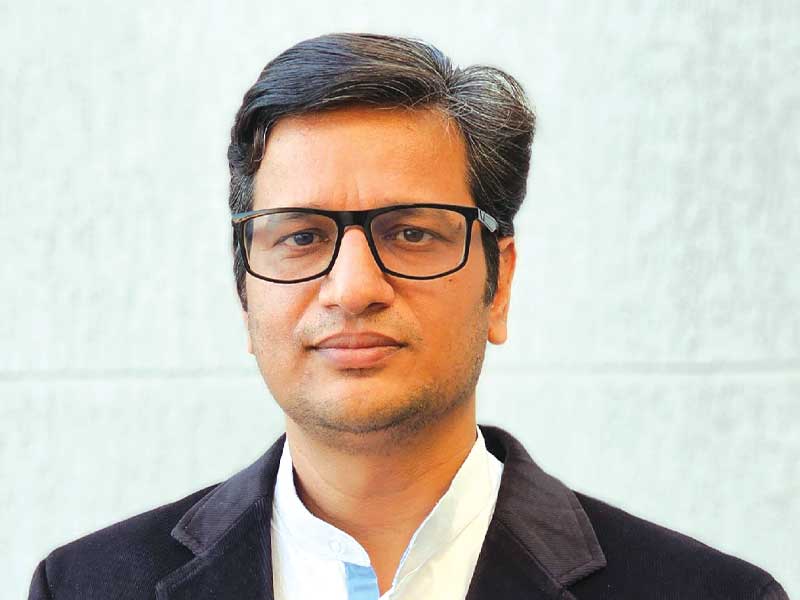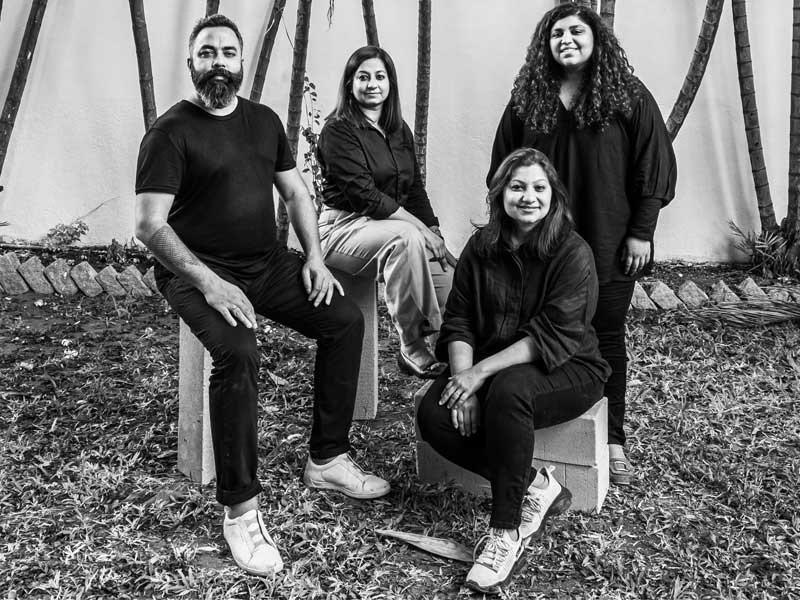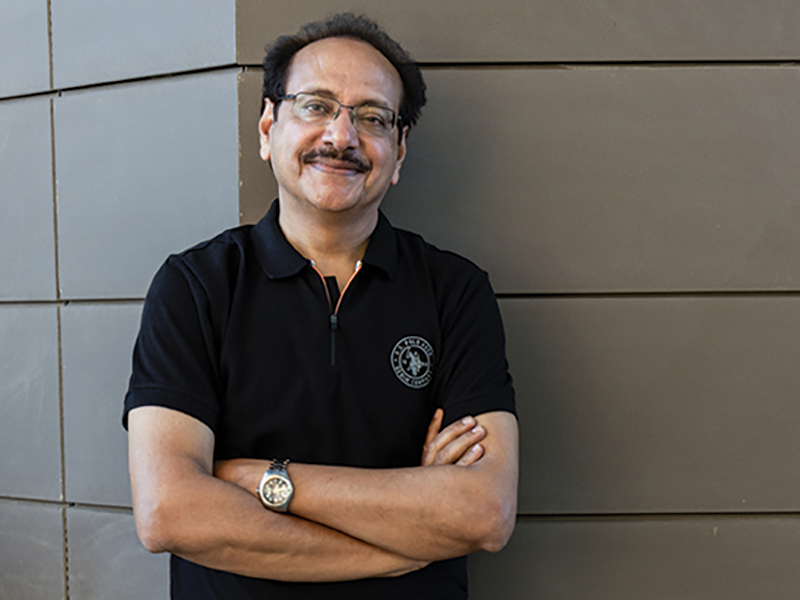Design Consortium designs India’s first 5-star SVAGRIHA rating residence in CR Park, New Delhi
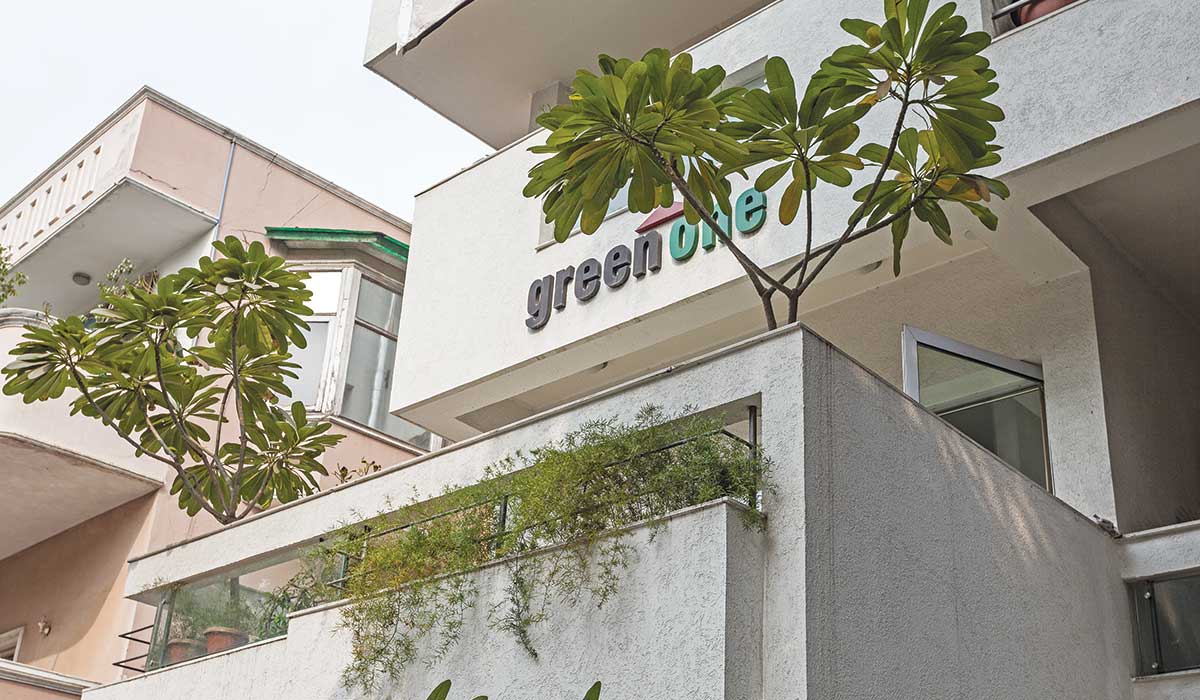
Awarded as India’s first residence to achieve a 5-star rating by SVAGRIHA a TERI and GRIHA collaboration, the form of this 8100 sq.ft house is achieved by staggering and stacking, in order to maximise diffused light. SVAGRIHA is a simplified rating and audit process for green homes.
The design, based on principles of green architecture, is punctured with fenestrations to reduce heat gain, and incorporates materials such as fly ash bricks, ACC bricks for walls, vermiculite insulation, earthen pots, and green roof for insulation.
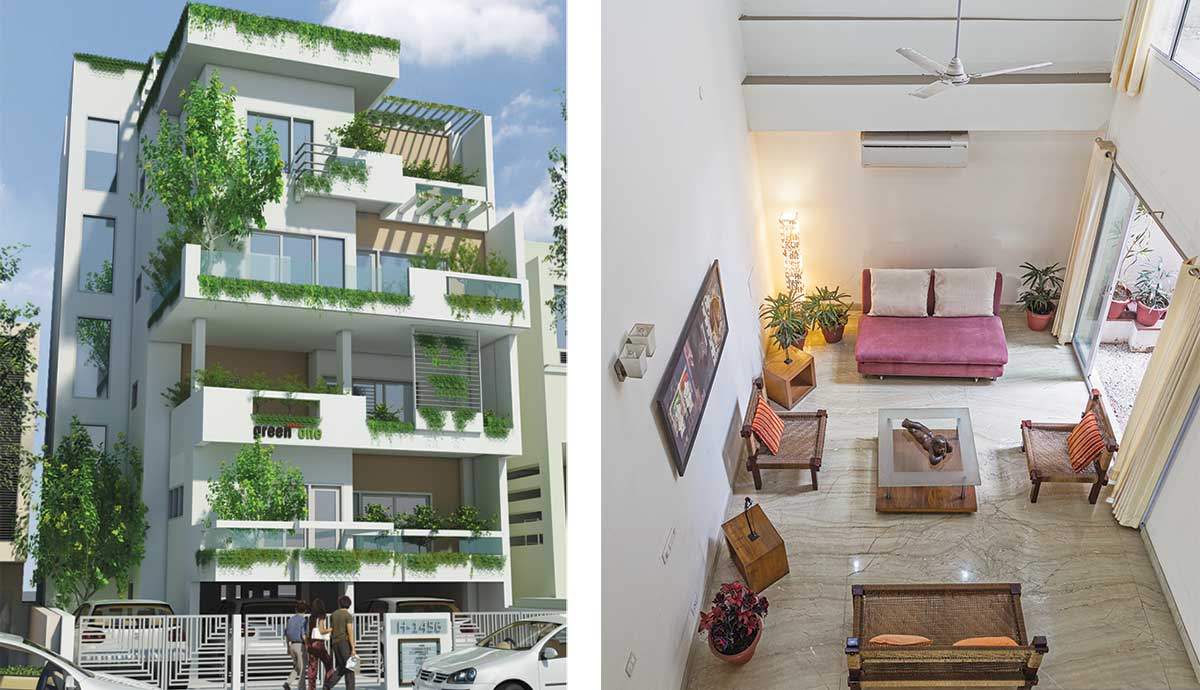
To maintain the micro-climate, a green roof is added to the design along with internal and external water bodies. The design strategy uses artificial lights with LPD (Low Power Density). Solar panels installed on the roof produce 3kWp of power, along with solar heaters instead of electrical geysers. Passive systems like solar heating and solar power systems help boost energy efficiency without the need for regular maintenance.

AAC blocks have been used for all the outer walls and low-impact materials, including low energy electronics, LED lights, and motion sensors, besides water recycling, rainwater harvesting systems, and ultra-low-flow water fixtures. The rainwater storage tank is connected to the recharge pit, which ensures that all the water is either consumed or recharged back into the earth.
Though the costs of constructing an environmentally sustainable house may initially be marginally higher, but the owner’s return on investment will more than make up for the costs incurred with the savings in energy consumption, lower maintenance etc. And it’s important to follow GRIHA guidelines and specifications
Ar. Nilanjan Bhowal, Design Consortium

